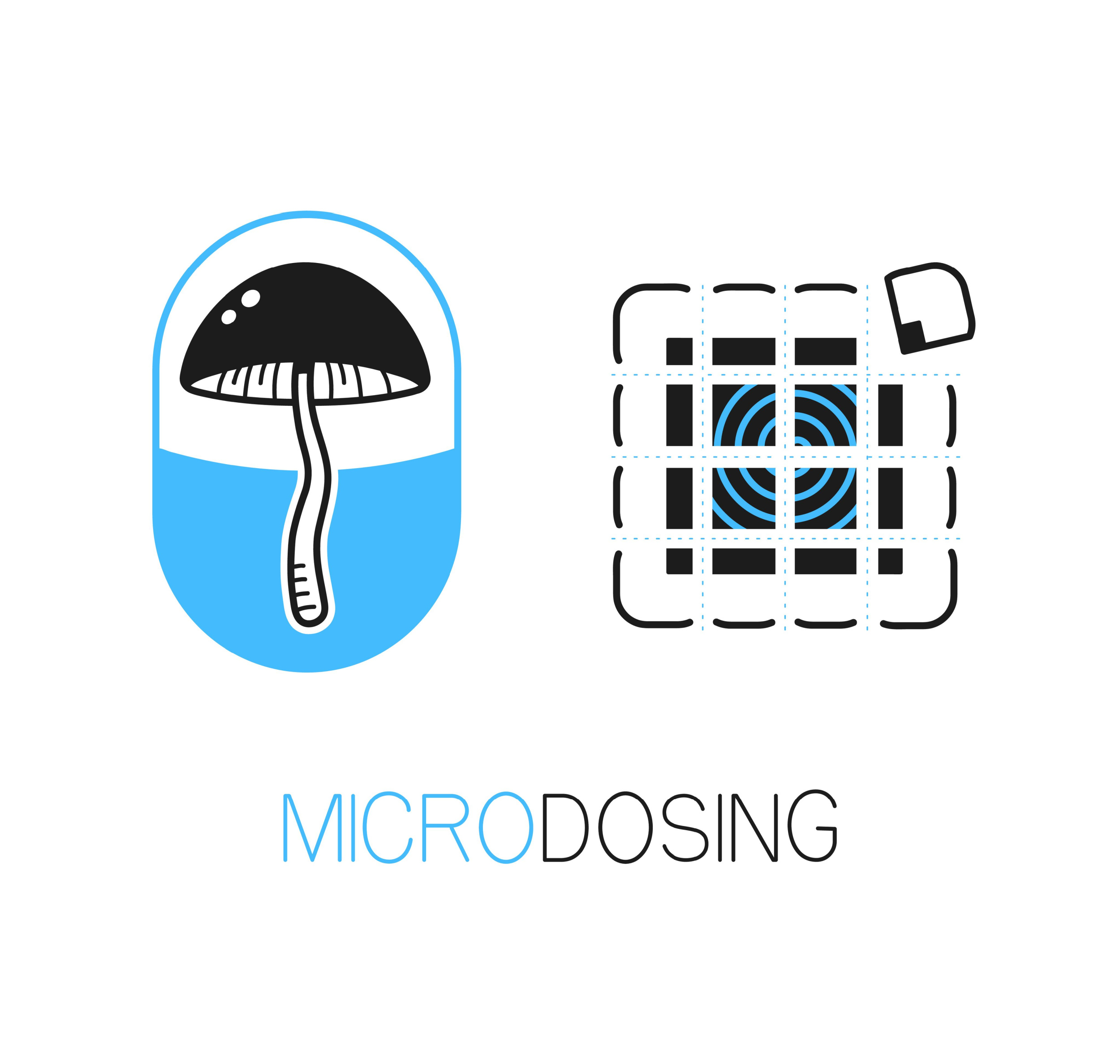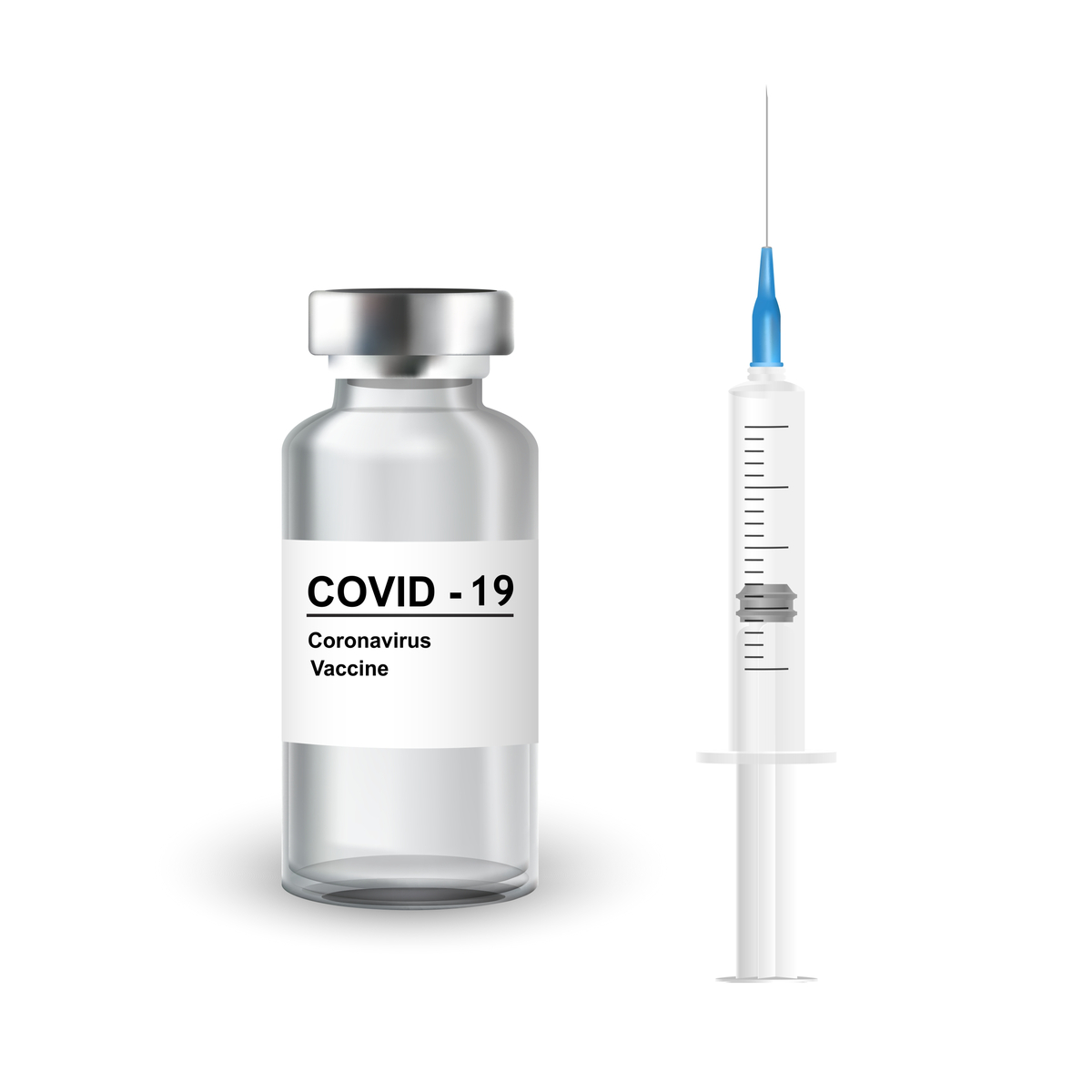For as long as drugs and alcohol have been around, people have used them for both recreational and medicinal purposes. Cannabis, for instance, is said to have been used to treat health problems in ancient China as far back as 2800 BC. The medicinal and ceremonial use of psychoactive mushrooms can also trace its history back several thousands of years in the past, to both Europe and the American continents. Today, thousands of Americans have begun self-medicating experiments with psilocybin mushrooms (aka “magic mushrooms” or “shrooms”), LSD (aka “acid”), mescaline, and other psychotropic drugs in a trend called microdosing.
Instead of taking a standard “trip” dose of such drugs, workers around the country are regularly consuming ~ 1/10th doses to achieve performance enhancement without triggering psychedelic side effects. No longer reserved for users who want to experience hallucinations along with their altered states of consciousness, psychotropic drugs have now infiltrated virtually every corner of modern society, including a high percentage of workers in science, technology, engineering, and mathematics fields.
Unfortunately, the trend also includes employees working in hazardous industries such as trucking, mining and construction – as if those jobs weren’t dangerous enough with all their inherent risks. Now employers are facing a growing crisis as the rise of microdosing and other illicit drug use by employees poses serious threats to workers, public safety, and profits.
Is Microdosing Dangerous?
Given that microdoses are relatively small (compared to what would be considered a standard dosage), some claim there is no risk of cognitive impairment, depending on the drug consumed. However, according to Verywell Mind, commonly reported side effects of microdosing LSD, for instance, include:
- “Altered sense of self,
- Altered sense of time,
- Crossover senses, synesthesia (such as hearing colors, seeing sound),
- Dramatic changes in sensations and feelings,
- Feeling several different emotions at once,
- Swinging rapidly from one emotion to another.”
Whether these side effects are proven to lead to cognitive impairment or not, the idea of a driver behind the wheel of a loaded 40-ton big rig while experiencing an “altered sense of time” or “crossover senses” is disturbing. The fact that it’s becoming a trend is starting to rightfully worry leaders in many industries. Such industries obviously include ones where employees operate equipment, are exposed to dangerous conditions or environments, or where their work impacts public safety in some way.
Why Workers are Microdosing
Why are so many workers microdosing in the first place? As noted in the New York Times, microdosing LSW or psilocybin is viewed as a “way to get the supposed mental health benefits of the drug without the hallucinogenic high.” Studies have shown that many users report improvements in mood and a decline in symptoms of depression and anxiety. Researchers are, in fact, attempting to conduct further microdosing trials in an effort to promote managed microdosing as a possible form of therapeutic treatment.
Part of what makes microdosing at work so reckless is how few users actually measure the amounts they are taking. In essence, they’re simply experimenting, with results dependent on the dosage consumed as well as the particular batch of the substance itself. As non-regulated drugs, LSD and psilocybin mushrooms can vary in concentration, so the effects of one microdose can differ widely from batch to batch.
Regardless of the dosage, taking any amount of an illegal, potentially mind-altering substance at work is just a bad idea. This holds especially true in jobs that are already dangerous. For example, mine operators, already struggling to keep injury and fatality rates down, cannot accept even the slightest chance of workers being doped at a site. By the same token, construction employers can’t afford the risks of having workers buzzed on mushrooms while erecting structures where people are going to live and work.
The trucking industry obviously can’t abide by drivers putting their own lives and the lives of other roadway users at risk, either. A worker operating a motorized vehicle or piece of equipment while experiencing the effects of a microdose is a clear recipe for disaster.
Drug Use and Testing in the Trucking Industry
Though LSD and mushrooms are the most commonly-used drugs in the recent trend, microdosing is hardly limited to psychotropic drugs. Mehthamphetamine has historically been popular because of its stimulating effect, with dealers selling toothpicks soaked in the drug for truckers to chew on while driving. Cannabis users can easily microdose by eating part of a THC-infused gummy, avoiding the tell-tale scent of cannabis smoke. Essentially, any drug can be microdosed. But not all drugs are tested equally.
With drug use on the rise, the Department of Transportation recently proposed a rulemaking change to add oral fluid specimen testing to bolster its drug testing options for trucking industry employers. But as DOT ramps up drug testing, many users are simply switching their habits to avoid testing positive on a drug test.
According to Seattle Truck Law, based on a Federal Motor Carrier Safety Administration (FMCSA) report of 28,445 tested drivers, the most popular drugs of choice for truckers are cannabis, cocaine, meth, amphetamines, and oxymorphone. That’s why, per DOT’s website, drivers are tested for the following:
- Marijuana (THC),
- Cocaine,
- Opioids (Codeine, morphine, heroin, hydrocodone, hydromorphone, oxycodone, oxymorphone),
- Phencyclidine (PCP),
- Amphetamine, Methamphetamine, and Methylenedioxymethamphetamine (MDMA).
Clearly missing from this list of drugs tested are LSD and psilocybin “magic” mushrooms – both of which are federally illegal – Schedule I drugs. Note, this doesn’t mean such drugs can’t be tested for. But because they are harder to detect, they don’t tend to show up on standard tests, especially if the last usage was more than a few days prior.
Microdosing in Mining and Construction
Mining remains one of the most dangerous jobs in the world. As of August 30, there’ve been 19 chargeable mining fatalities reported by the Mine Safety and Health Administration (MSHA) in 2022. There are also 19 different categories of accident classifications, the most common being falling, slipping, machinery, and haulage. That is why mining workers must be alert at all times, with their senses unaltered by any substances.
The same holds true for construction workers, but there is an added element of danger in this sector because it is responsible for building structures that other people are going to live or work in. Thus, the impact extends beyond the boundaries of the job site. Countless other people, including families, might be affected by one simple oversight caused by a worker who was experiencing microdose side effects. In the construction business, small mistakes can have huge consequences.
But hard data on microdosing in the mining and construction industries is difficult to come by. Post-accident drug testing rules are not always consistent and employees sometimes find creative workarounds (such as “an employee shaving his head before reaching the hair-testing site” or “employees suddenly becoming ‘ill’ in the parking lot and not reporting to work upon recognizing the testing agency’s vehicle on premises”).
Also, as mentioned, drug testing often does not detect the most commonly-microdosed substances, LSD and psilocybin mushrooms.
We do know that, per American Addiction Centers (AAC), “about 1 in 100 workers in the mining industry has an opioid use disorder,” which is higher than average. AAC further reports that within the mining industry:
- “17.5% of workers reported heavy alcohol use within the past month,
- 5% of workers reported illicit drug use within the past month,
- 11.8% of workers reported drug or alcohol dependence during the past year.”
With such high rates of substance use disorders among miners, microdosing is almost certainly a problem flying under the radar in the mining industry.
As for construction, the numbers aren’t any prettier. AAC reports that:
- “11.6% of construction workers reported illicit drug use within the past month,
- 14.3% of construction workers were diagnosed with a substance use disorder in the past year, more than 1 1/2 times the average of all full-time workers surveyed.”
Recognizing the Prevalence of Microdosing in the Workplace
As we often hear, the first step is admitting there’s a problem. Employers must recognize that there is currently a national problem with microdosing in the workplace, as studies have demonstrated. Adding to this problem is the fact that standard drug testing isn’t designed to detect the most commonly-used drugs being microdosed. This suggests that data on drug usage among workers is inherently flawed, and thus employers must consider methods of ensuring drug-free workplaces. The Substance Abuse and Mental Health Services Administration (SAMHSA) offers resources that may help.
The take away here is that employers understand what drugs they are testing for. One option is to implement a NonDOT drug testing policy for employees companywide, regardless if an employer has workers regulated by DOT. The NonDOT testing policy can supplement, not replace, the DOT testing policy. This allows employers to conduct a second drug screen, using an expanded drug test panel.




